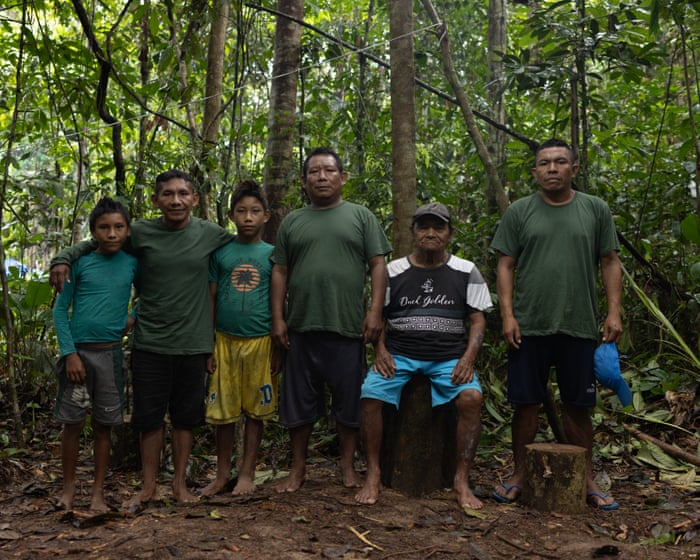Ancient Map of the Cosmos Uncovered in Mexican Jungle
PositiveScience
Archaeologists have made an exciting discovery in the Mexican jungle, uncovering an ancient map of the cosmos that suggests the existence of a ritual-based site predating the Maya civilization. This finding is significant as it sheds light on the cultural and astronomical knowledge of ancient societies, offering a deeper understanding of their beliefs and practices. Such discoveries not only enrich our historical narrative but also highlight the importance of preserving these archaeological sites for future generations.
— via World Pulse Now AI Editorial System



